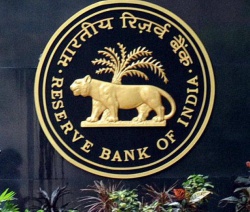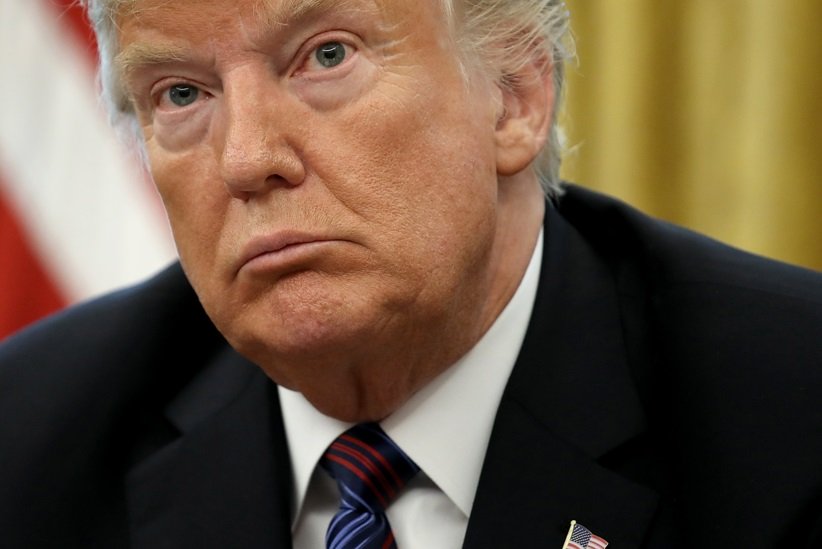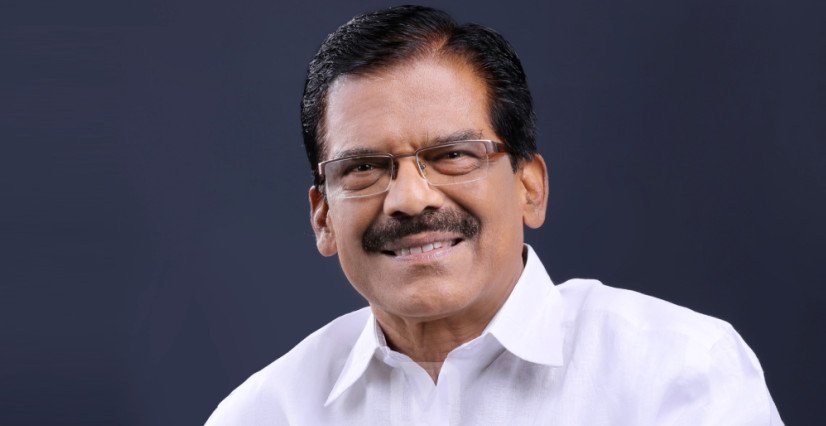Home, auto and other loans are set to become costlier as the Reserve Bank of India (RBI) on Friday unexpectedly hiked its key policy interest rate by 0.25 per cent, saying inflation remains worrisome.
In his first monetary policy review after taking charge at Mint Street on September 4, RBI Governor Raghuram Rajan, however, partially rolled back the measures taken by his predecessor D Subbarao.
The central bank increased the repurchase or repo rate by 0.25 per cent to 7.5 per cent. Repo rate is the what commercial banks pay when they borrow short-term money from the RBI.
The reverse repo rate or the interest rate that RBI pays to the commercial banks on their short-term deposits, is adjusted to 6.5 per cent from the earlier 6.25 per cent.
These are the two key policy rates that determine lending and borrowing rates by the commercial banks. The RBI's move will make home, auto and other loans costlier and worsen the industrial and overall growth situation which is already sluggish.
The policy announcement had a direct impact on the stocks and currency markets. The benchmark Sensex tumbled by almost 600 points. And the rupee slipped to 62.61 against a dollar.
Addressing the media after the policy announcement, Rajan said the central bank had tried to strike a balance between growth and inflation. "Priority of the central bank has always been both inflation and growth."
The central bank's surprise move of hiking the key policy interest rate came just a few days after the government data showed a sharp jump in inflation.
The headline inflation, based on wholesale prices rose to 6.1 per cent in August, the sharpest pace in six months, driven by more than 18 per cent jump in food prices, according to government data released earlier this week.
"The intent here is that when the repo rate becomes the effective policy rate, it should be consistent with inflationary conditions in the economy. On net, these measures will reduce the cost of bank financing substantially while allowing us to take an appropriately precautionary stance on inflation," Rajan said.
"Of course, we are anti-inflation...of course, our intent is to signal a stance against inflation," Rajan said, adding that the RBI wants to get inflation down to the stated 5 per cent-mark.
Rajan, a celebrated economist credited for predicting the 2008 global financial crisis, said the central bank is worried about the growth aspect as well.
"We have to be very careful about immediately associating our repo rate hike to growth implications. Sometimes, the knowledge that inflation will be lower can actually enhance growth prospects rather than reduce growth prospects," he said.
Markets had pinned hopes on Rajan to revive growth by cutting rates. The Sensex had vaulted over 10.5 per cent and rupee jumped over 12 per cent since September 4 when Rajan assumed office.
On the Federal Reserve's move to hold on to its stimulus plan, which led to a sharp rally in the Indian stocks and currency, Rajan said India should use this temporary external relief as an opportunity to make its system "bullet proof".
"Let us remember that the postponement of tapering is only that, a postponement. We must use this time to create a bullet proof national balance sheet and growth agenda, which creates confidence in citizens and investors alike," Rajan said.
Among other announcements in the review, RBI also reduced the marginal standing facility (MSF) rate by 75 basis points from 10.25 per cent to 9.5 per cent with immediate effect. The central bank had hiked MSF to 10.25 per cent in mid-July to support the bruised rupee.
Drawing attention to his decision to reduce MSF rate, Rajan said the repo rate hike has to be looked in this context as well.
"It (repo hike) is clubbed with a substantial reduction in the MSF, which is growth positive. Analysts, when they look at this, should weigh the measures together rather than seeing it as a unilateral issue," the Governor said.
The Cash Reserve Ratio (CRR), the proportion of money that commercial banks must keep with the central bank, has been kept unchanged at 4 per cent.
The minimum daily maintenance of CRR has also been reduced from 99 per cent of the requirement to 95 per cent effective from the fortnight beginning September 21, the RBI said.
Reacting to Rajan's announcements, FICCI president Naina Lal Kidwai said: "The increase in the repo rate by 25 basis points has come as a surprise to us," adding that India Inc was expecting a cut or at least a status quo in the policy interest rate.
The hike in repo rate, she said, would dampen investments.
"High interest rate has been identified as a major barrier to boosting growth by various studies and surveys. Entrepreneurs are holding on to their investment plans pending any relaxation in monetary policy by the RBI," Kidwai said.
"The increase in repo rate could have been avoided as industry is already reeling under pressures of high cost of capital and low availability in a tight liquidity situation," said Confederation of Indian Industry (CII) director general Chandrajit Banerjee.







Comments